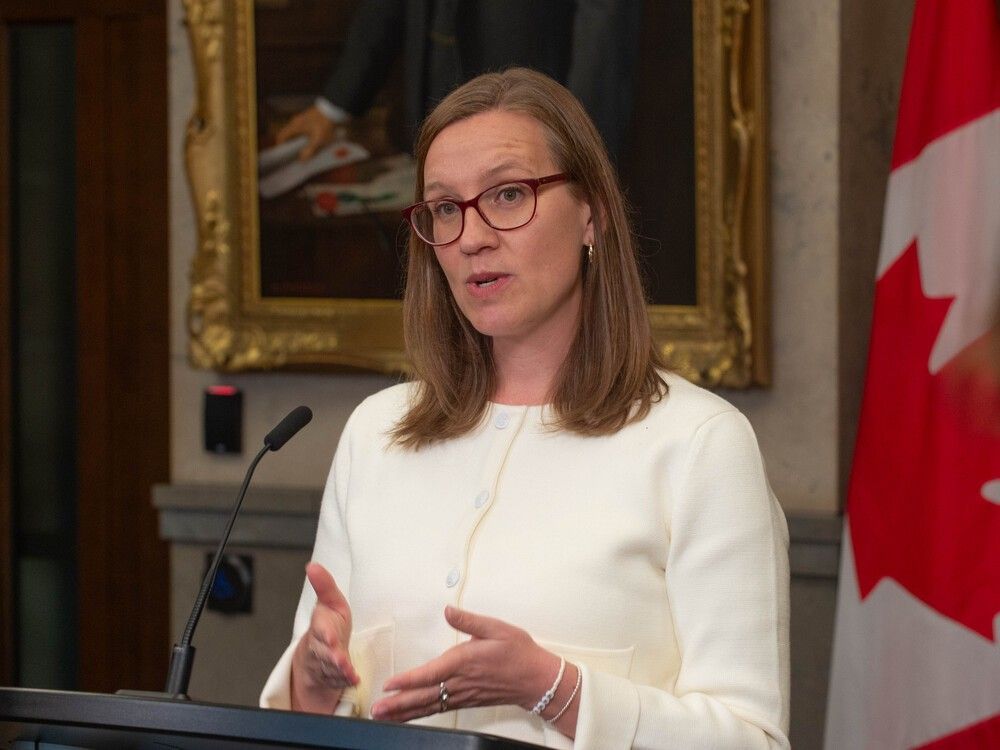daftandbarmy
Army.ca Fossil
- Reaction score
- 42,107
- Points
- 1,160
Meanwhile, King Coal.... and good luck with that 'phasing out' thing...
 natural-resources.canada.ca
natural-resources.canada.ca
Key facts
- Coal is used mostly for generating electricity, however, notable amounts are also used for manufacturing steel.
- Canadian mines produced 47 million tonnes of coal in 2022, 59% of which was metallurgical coal.
- Canada’s coal production decreased by 32% over the past decade, with thermal coal accounting for almost three quarters of the decline.
- Most of the coal mined in Canada comes from British Columbia (59%), Alberta (28%) and Saskatchewan (13%).
- The Government of Canada is phasing out coal-fired electricity by 2030.





